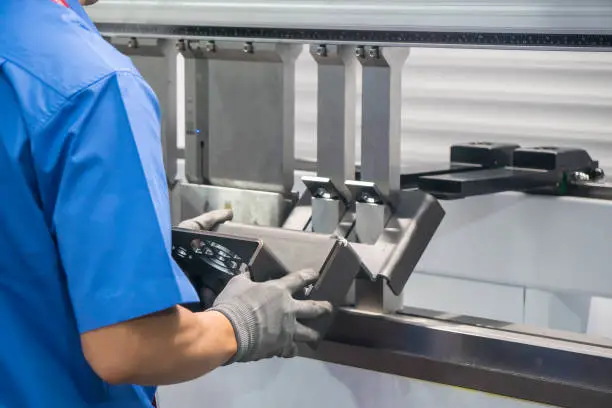As we've journeyed through the world of precision bending, the undeniable importance of press brake tools and accessories comes to light. The right tools not only guarantee efficiency but also promise unparalleled precision. For those seeking the zenith of manufacturing excellence, Krrass stands out as a premier Press Brake manufacturer and a pioneer in sheet metal machinery.
- Understanding Precision Bending
- Importance in Modern Manufacturing Processes
- Core Components of Bending Machines
- Tools for Precision Bending
- Advanced Accessories for Enhanced Functionality
- How to Choose the Press Brake Tools and Accessories
Understanding Precision Bending
When it comes to the world of manufacturing, precision is paramount. This rings especially true in the realm of press brake tools and accessories, where even the slightest miscalculation can lead to suboptimal outcomes. But what exactly is precision bending, and why is it so integral to achieving perfection in finished products? Let's delve deeper.
Precision bending is the art and science of shaping materials, primarily metals, to exact specifications using specialized tools and machinery. One of the primary machines used in this process is the press brake machine. This machine, often coupled with the right press brake die and press brake punch, ensures that materials are bent to the exact angles and dimensions required.
But why is precision so crucial? In industries such as aerospace, automotive, and construction, a mere millimeter off can translate to significant operational issues or even safety concerns. Precision ensures that parts fit perfectly, function optimally, and last longer. Moreover, in a competitive market, the precision of finished products can often be the difference between being a market leader and just another manufacturer.
Choosing the right tools for the job is an essential component of precision bending. Different materials and desired outcomes require specific press brake tools. There's no one-size-fits-all solution. Hence, understanding the nuances of each tool, from the press brake die to the press brake punch, is crucial for ensuring the highest quality bends every time.
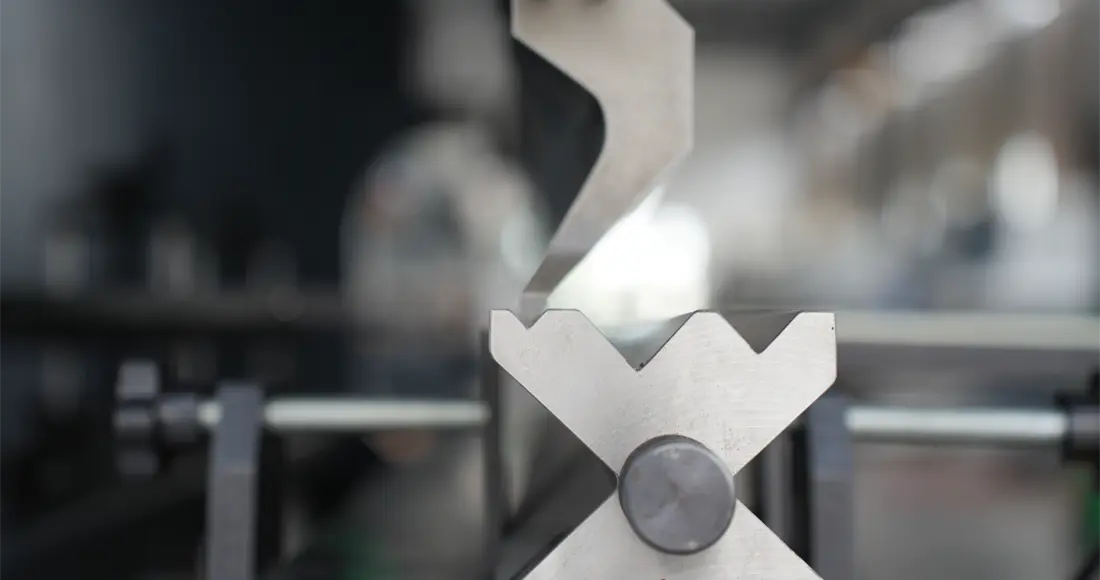
Importance in Modern Manufacturing Processes
The realm of modern manufacturing is defined by its continuous evolution, a march towards perfection, and a ceaseless drive for innovation. At the core of these endeavors lies the relentless pursuit of precision, and nothing exemplifies this better than precision bending using press brake tools and accessories.
But what makes precision bending so indispensable in contemporary manufacturing processes? Here's a closer look:
Efficiency and Consistency
Modern manufacturing thrives on speed and repeatability. The use of press brake machines, complemented by the right press brake die and press brake punch, ensures consistent bends every single time. This reliability ensures manufacturers can produce large quantities without compromising on quality, resulting in significant time and cost savings.
Customization and Versatility
Today's market demands bespoke solutions. Whether it's the automotive sector requiring unique chassis designs or the aerospace industry seeking specialized components, precision bending offers the flexibility to cater to these specific needs. With a variety of press brake tools at their disposal, manufacturers can tailor their processes to create parts that meet unique requirements.
Sustainability and Waste Reduction
In an era where sustainability is paramount, precision bending stands out. Accurate bending reduces the need for rework, which in turn lowers material wastage. With fewer mistakes and reduced scrap, manufacturers can work towards more sustainable and eco-friendly production processes.
Competitive Advantage
In the fierce battleground of the manufacturing industry, standing out is key. Manufacturers that prioritize precision, leveraging advanced press brake tools, are more likely to produce superior products. This not only boosts brand reputation but also offers a significant edge over competitors.
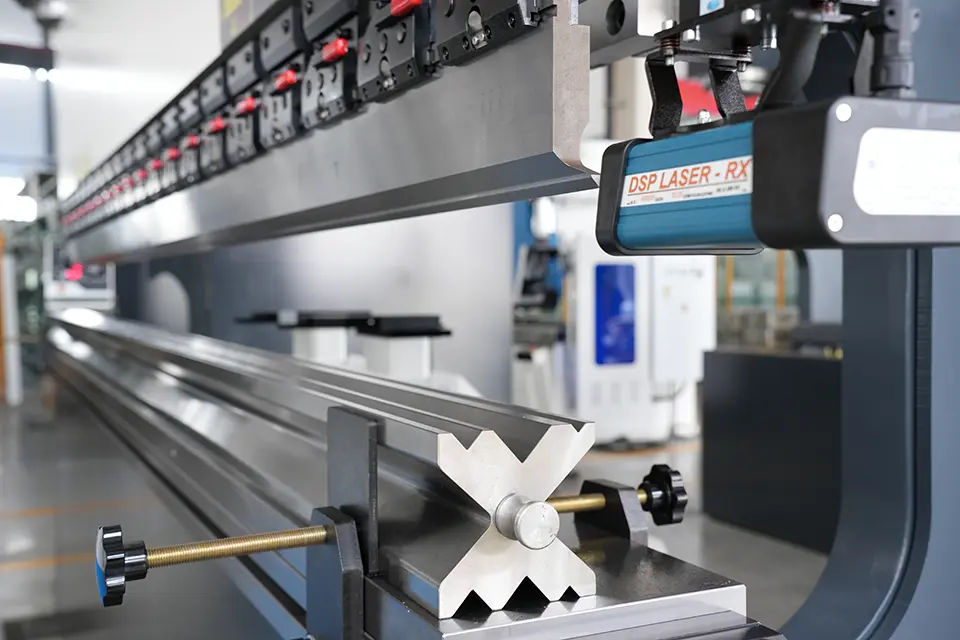
Core Components of Bending Machines
A press brake machine, at its core, is an engineering marvel. Composed of various intricate components, each plays a crucial role in ensuring the precision and efficiency of the bending process. To truly understand the prowess of these machines, it's essential to delve into their core components and the synergy they create.
Frame and Support Structures
The frame and support structures are the unsung heroes of any press brake machine. Acting as the backbone, they bear the brunt of the operational load, ensuring stability and accuracy during the bending process.
Typically made of high-strength steel, the frame is designed to resist deformation, especially when working with robust materials. The support structures, on the other hand, hold the material in place, ensuring alignment and precision. Without a robust frame and efficient support structures, the bending process can become inconsistent, leading to errors in the final product.
Power Systems: From Hydraulics to Electrics
Power systems are the beating heart of the press brake machine. These systems drive the force required to shape materials to the desired specifications.
Traditionally, hydraulic power systems were the mainstay, leveraging fluid dynamics to generate the necessary force. These systems are known for their strength and reliability, making them suitable for heavy-duty bending operations. However, they can be somewhat less precise and may require more maintenance than their electric counterparts.
With advancements in technology, electric power systems have made their mark. These systems use electric motors to drive the bending process, offering higher precision and efficiency. Moreover, electric press brakes tend to be quieter, more environmentally friendly, and require less maintenance, making them an increasingly popular choice in modern manufacturing setups.
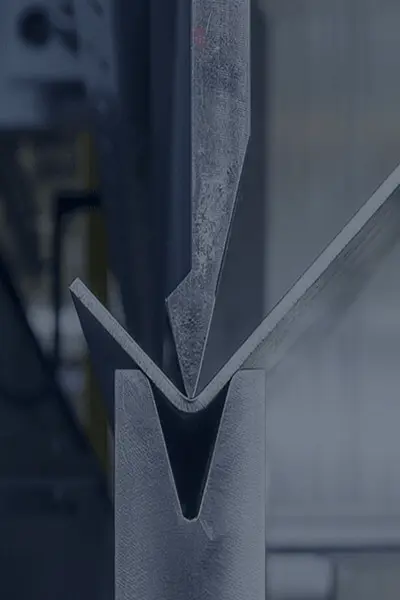
Tools for Precision Bending
In the world of manufacturing, the precision bending process forms the cornerstone of many products we use daily. To achieve the high standards of bending, a combination of advanced machinery and specialized tools are pivotal. These tools, each with its unique capabilities and specifications, are what transform raw materials into meticulously crafted parts.
Press Brakes: The Backbone of Precision Bending
Undoubtedly, the press brake is the linchpin in the bending world. This machine, a symphony of power, precision, and engineering, can be as simple as a manual model or as complex as a CNC-controlled behemoth tailored for intricate operations.
Advantages of Using Press Brakes
Press brakes, over the years, have evolved into versatile and invaluable assets in manufacturing. They offer:
- Repeatability: Essential for mass production, ensuring that each part remains identical, regardless of the production volume.
- Flexibility: With a range of tools, press brakes can handle a variety of materials and thicknesses, catering to diverse project needs.
- Efficiency: Modern press brakes, especially those with CNC controls, can produce complex parts quickly, reducing lead times and boosting productivity.
- Accuracy: Precision is paramount, and press brakes, with their refined mechanics and tools, can achieve bends within tight tolerances.
Types of Press Brakes and Their Uses
The versatility of press brakes is evident in the variety of models available:
- Hydraulic Press Brakes: A favorite in many industries due to their power, reliability, and ability to handle tough materials and complex jobs.
- Electronic Press Brakes: A blend of speed and precision, these are ideal for high-tolerance work. They are also energy-efficient, translating to cost savings in large operations.
- Mechanical Press Brakes: While they're being phased out in favor of more modern counterparts, they still find use in certain applications due to their straightforward operation.
- Manual Press Brakes: Perfect for workshops and small-scale tasks. They provide a hands-on approach and are great for one-off projects or prototyping.
V-dies and U-dies: Ensuring Accurate Bends
No conversation about bending can be complete without discussing the dies that make it possible. V-dies and U-dies are the most common and are fundamental to the bending process. Their design ensures that the material bends at the desired angle without distortion.
The selection between the V or U die depends on multiple factors: the material type, its thickness, and the desired bend radius. Typically, V-dies are versatile and can be used for a range of materials, whereas U-dies are more specialized, offering precise bends for specific applications.
Rotary Bending Tools: Versatility in Bending
A less conventional but highly effective method, rotary bending, does away with the traditional die and punch approach. Instead, it utilizes rotating tools that roll the material into the desired bend. This method is particularly beneficial for parts where surface finish is critical, as it minimizes marking on the material.
Coining Tools: For Creating Specific Bend Profiles
Coining, a technique often associated with minting coins, has found its place in precision bending. By exerting immense pressure on the material, coining tools create sharp, defined bends, perfect for projects where every millimeter counts.
In the grand scheme of things, precision bending is a synergy between machines and tools. The right tool not only ensures the job gets done but also that it's done right—consistently, efficiently, and to perfection.
Advanced Accessories for Enhanced Functionality
In the continuously evolving landscape of precision bending, the right accessories can supercharge a machine’s capabilities. Not only do they enhance efficiency, but they also ensure unparalleled accuracy in every bend. Here's a closer look at some state-of-the-art accessories that are transforming the precision bending domain.
Backgauges: The Importance of Accurate Positioning
Backgauges, though seemingly simple, play a monumental role in the bending process. These devices precisely position the metal sheet, ensuring that every bend is at the right spot. By controlling the depth at which the material is fed into the press brake, backgauges significantly reduce errors and waste, leading to optimal use of materials and consistent product quality. The advanced systems in place today can be automated and programmed for multiple axes, offering versatility for complex projects.
Optical Sensors and Lasers: Ensuring Perfect Bends Every Time
As technology pushes the boundaries of what's possible, optical sensors and lasers have emerged as game-changers in precision bending. These systems use light-based measurements to detect any discrepancies in material positioning or alignment. Their high level of accuracy means that even the slightest deviation from the desired bend can be detected and corrected before it becomes an issue. Moreover, the use of lasers offers a contactless measurement method, ensuring that the material's surface remains unmarred, maintaining the aesthetics and functionality of the finished product.
Tool Changers: Streamlining the Bending Process
In manufacturing, time is often equated with money. The faster a task can be done without compromising on quality, the better. Enter tool changers—innovative devices designed to automate the tool changing process in press brakes. Instead of manually switching out dies and punches, which can be both time-consuming and prone to errors, tool changers can quickly swap out tools based on the job's requirements. This not only speeds up the production process but also minimizes the chance of using the wrong tool, ensuring that every bend meets the exact specifications.
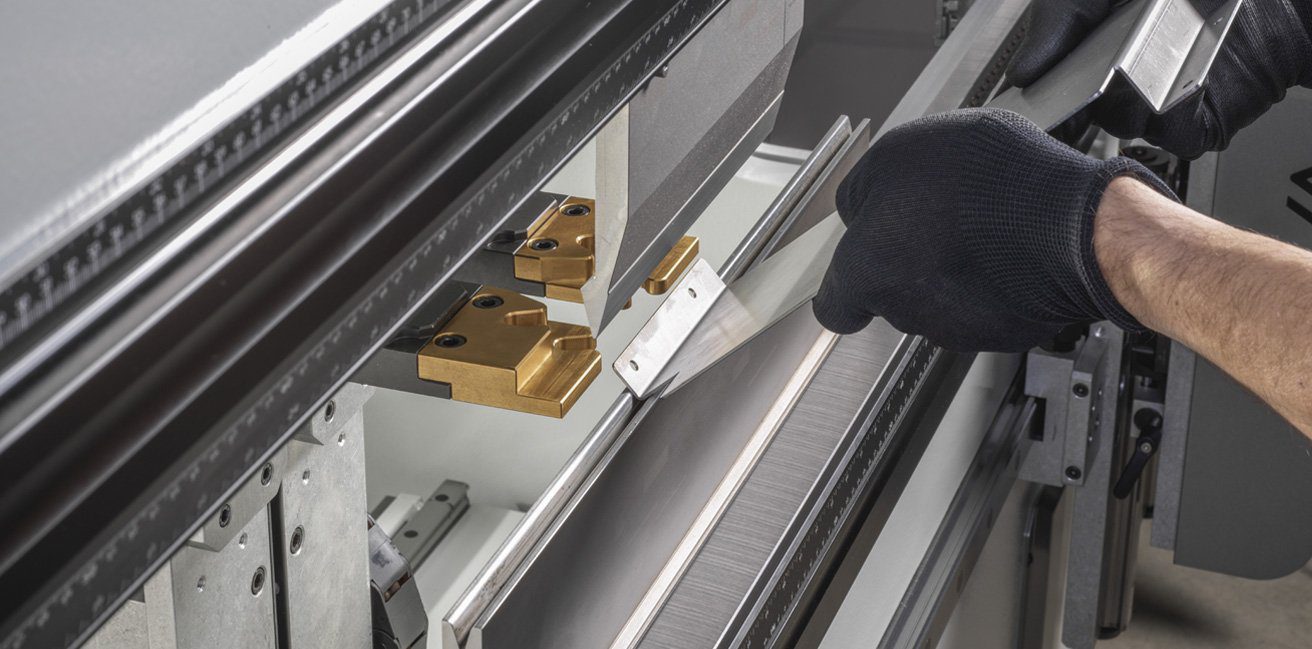
How to Choose the Press Brake Tools and Accessories
Choosing the right press brake tools and accessories is not just about picking the most advanced or the most expensive ones on the market. It's about understanding your needs, your project's specifics, and selecting the tools that match those requirements seamlessly. Here's a guide to making that crucial decision with precision and confidence.
Material Type and Thickness
The type and thickness of the material you'll be working with is the starting point. Different materials like aluminum, stainless steel, or copper have varied properties and require specialized tools for optimal bending. For instance, harder materials may demand robust, high-quality punches and dies. Additionally, the thickness determines the amount of force required and the type of die opening. It's essential to ensure that your press brake and its tools are rated for the specific material and thickness you're dealing with.
Desired Bend Radius and Angle
The specifics of the bend, including its radius and angle, also play a critical role in tool selection. A tight bend radius might require specialized tools like a gooseneck punch, while broader angles could benefit from different dies. It's vital to understand the relationship between the desired bend, the tool's capabilities, and the material's properties to ensure clean, precise bends without damaging the material or the tool.
Production Volume and Speed Requirements
Are you setting up for a short, specialized production run or looking at large-scale, continuous manufacturing? Your production volume and the speed at which you need parts produced will influence your choice of press brake tools and accessories. High-volume production might benefit from automated tool changers, backgauges for swift positioning, or advanced optical sensors for rapid quality checks. Conversely, specialized, low-volume runs might focus more on precision tools tailored to unique bends and designs.
In conclusion, selecting the right press brake tools and accessories is a nuanced process. By focusing on your material, the specifics of your bend, and your production needs, you can equip yourself with the best tools for the job, ensuring efficiency, precision, and outstanding results every time.
Conclusion
As we've journeyed through the world of precision bending, the undeniable importance of press brake tools and accessories comes to light. The right tools not only guarantee efficiency but also promise unparalleled precision. For those seeking the zenith of manufacturing excellence, Krrass stands out as a premier Press Brake manufacturer and a pioneer in sheet metal machinery. Discover a world of cutting-edge solutions tailored for your needs at www.krrass.com.
Read More:
Press Brake Parts: Guide to Structure and Components
Hydraulic Press Brake: In-Depth Look
Precautions for The Use of CHINA CNC PRESS BRAKE
How to choose a Hydraulic Press Brake?
Enhancing Accuracy in China Press Brake Bend Calculations: Factors and Solutions
